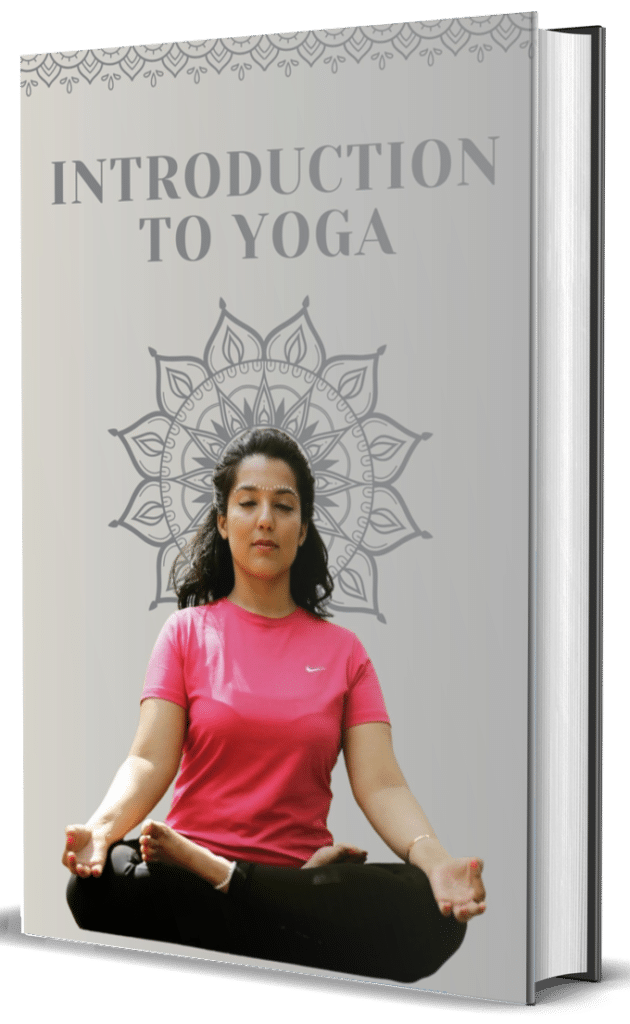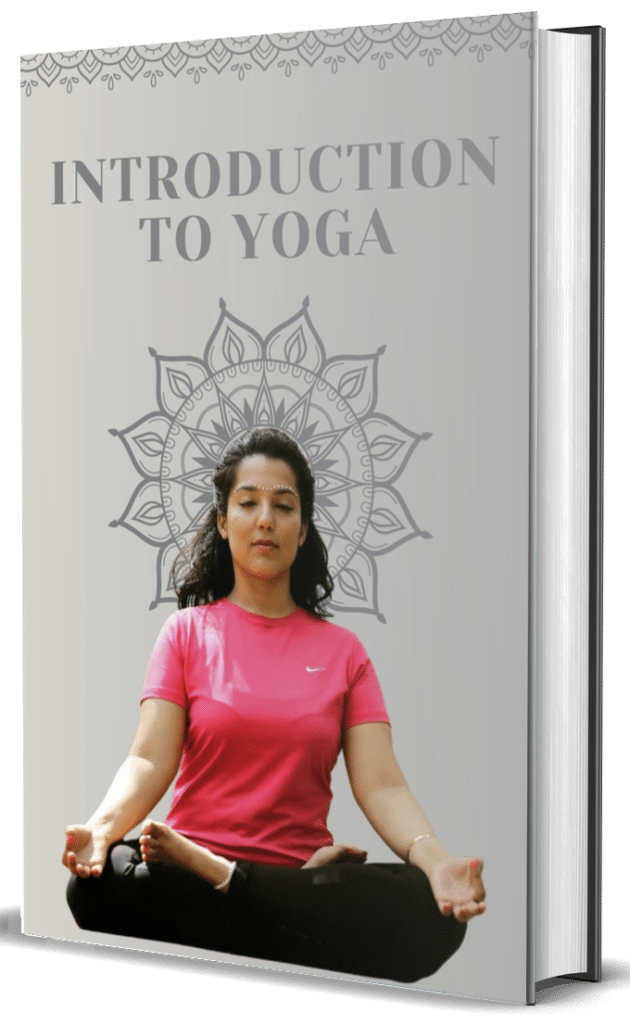Asana (Yoga Posture)
Asana, translated from Sanskrit as ‘seat’ or ‘posture,’ refers to the physical postures practiced in yoga. Originally, the term primarily referred to seated meditation postures, but in modern yoga, it encompasses all the physical poses that make up the practice.
In Patanjali’s Yoga Sutras, asana is described as ‘sthira sukham asanam,’ meaning a pose that is both steady (sthira) and comfortable (sukha). This definition highlights that the ideal yoga posture balances effort and ease, stability and relaxation. According to traditional texts, there are 84 classical asanas, though contemporary yoga incorporates thousands of variations and modifications.
Beyond mere physical exercise, asanas serve multiple purposes in yoga practice. They prepare the body for meditation by increasing strength, flexibility, and stamina while reducing physical discomfort that might distract the mind. They also serve as tools for developing concentration, as maintaining proper alignment requires focused attention.
On a physiological level, asanas improve circulation, stimulate the nervous system, regulate the endocrine system, and enhance the function of internal organs. They create balance in the body’s systems, promoting overall health and longevity.
Different styles of yoga emphasize asana practice in various ways. Hatha yoga typically focuses on holding poses longer to build strength and awareness, while vinyasa styles flow between postures, linking movement with breath. Iyengar yoga emphasizes precise alignment, often using props, and restorative yoga uses supported postures to encourage deep relaxation.



